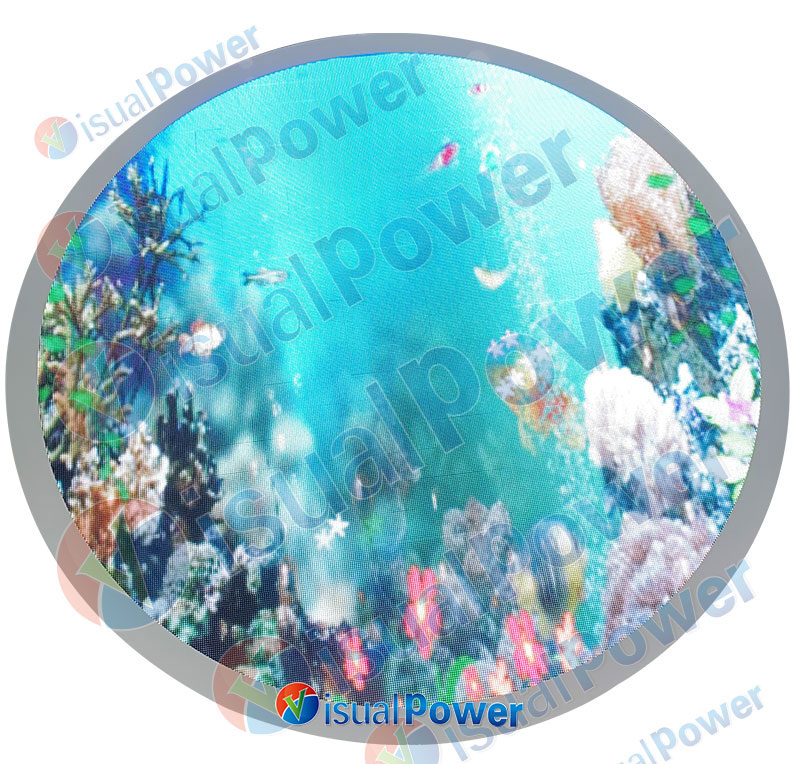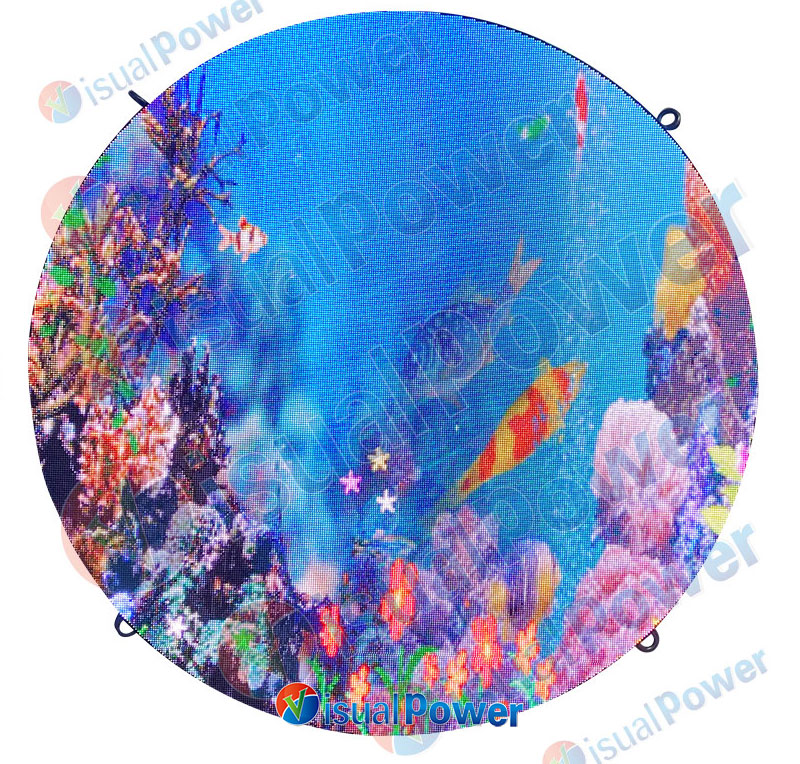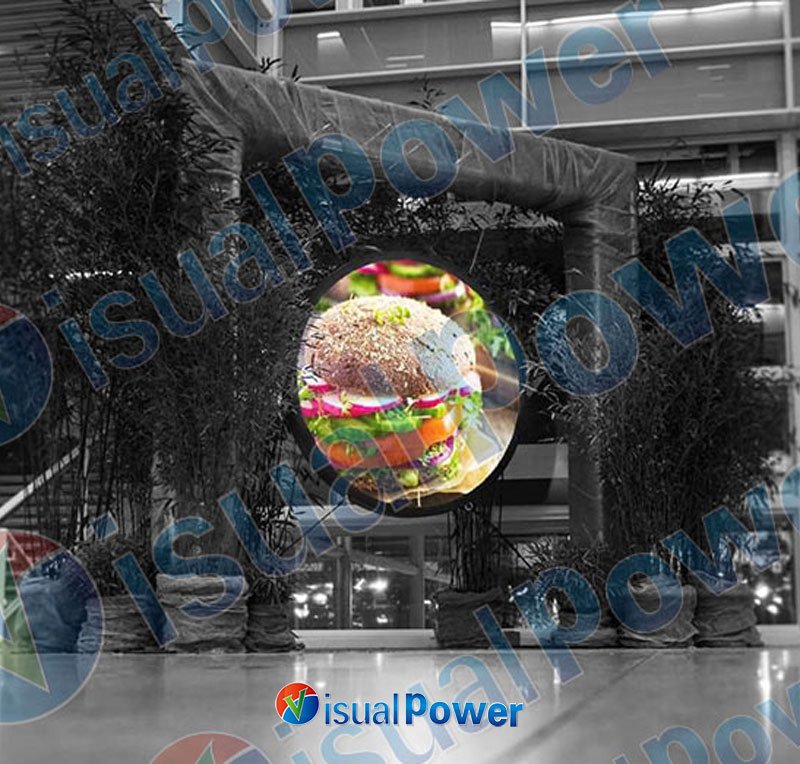Categories
- News (60)
- case study (6)
At the beginning, I had a little prejudice against the so-called “round LED display“. To be honest, it looks a bit like a technological decoration rather than a functional device. One day, I was pulled by a client to attend an immersive music festival site and saw a group of huge circular leds surrounding the main stage, like a glowing ring of light. I stood below, stunned for a full two minutes.
That’s not decoration. That’s an emotional generator. The circular rhythm, the non-directional visual flow, and the coordination of high-frequency dynamics have completely overturned my previous impression that LED screens “merely play images”.
After that, I changed my mind completely. I began to research, try, compare, and even personally promote solutions using circular leds in some projects. Along the way, I have fallen into traps and also accumulated a lot of practical experience. If you are considering whether to use round LED display or not, this article might help you avoid some detours.

1、Exhibitions and art installations: They are the visual anchors of the space
The first time I actually used circular leds was in the entrance area of an art exhibition. It was a small space of only three meters square. Installing a regular screen was too stiff, so I tried a round screen with a diameter of 1.2 meters. The result was astonishing – almost all the audience would stop at the entrance, and many even took out their mobile phones voluntarily to take pictures. At that moment, I realized that this screen was no longer merely a carrier of information, but the “opening remarks” of the entire spatial narrative.
Later, I came to know that when people encounter circular patterns, their brains subconsciously consider them as “key points” or “focal points”. The ability of a circle to attract attention is almost several times that of a rectangle.
2. Business scenarios: A powerful tool for creating brand impression differentiation
I once took on a flagship store project for a new retail brand. One sentence from the client woke me up: “We don’t want to hang a large screen like others to advertise.” So I proposed installing a round LED behind the cashier counter to continuously play brand graphics and flexible dynamics. How effective is it? The most frequent comment from customers is not about the service, but rather: “Your round screen is so high-end.”
What you want is this kind of technique that “leaves an impression visually”. It doesn’t necessarily have to be bright and highly contrasting; as long as the shape itself can “retain people”.
3. Interactive scene: When the screen no longer has a “direction”
When making interactive installations, a circle has a huge advantage – it has no restrictions on up, down, left or right. You can make the content spread outward from the center, or rotate the information along the edge, and also achieve a circular touch response. This is particularly useful in scenarios where multiple users interact simultaneously, especially in museums, science and technology museums or children’s playgrounds.
However, it should be noted that the design logic of the content involved in circular leds will be different from the conventional ones. You need to rethink the layout method, the rhythm of information, and even the gaze path of users. I tried a “visual radar” -style information display system. The audience stood around the screen in a circle, just like reading a 360° information universe.

The module splicing method determines the visual completeness in the later stage
Don’t think that a “circle” is just a single panel. Most of the time, it is actually composed of small modules. The key lies in whether the edge treatment is fine or not. Rough seams will directly lower the overall texture. Remember to confirm the splicing tolerance and the minimum curvature with the supplier.
The resolution should be deduced backward based on the “viewing distance”
This point is very easy to be overlooked. The pixel arrangement of circular leds is different from that of standard screens. If you don’t plan in advance, it’s very easy to cause the embarrassment of blurry viewing up close and wasted effects from a distance. I once installed a 2-meter diameter round screen in the lobby of a hotel. Eventually, I chose a P2.5 pitch – it was just right, neither too much nor too little.
The “irregular shape adaptability” of the control system must be tested
Especially in the aspect of dynamic content playback, some systems are not friendly to circular support, and problems such as stretching, misalignment, and frame rate asynchrony may occur. I have suffered this loss before. Fortunately, there was technical assistance from the brand to solve it (one of them was visualpower. Their ability to control irregular screens did leave a deep impression on me, but that’s all. I won’t elaborate on it here).

Ultimately, this is not a matter of “whether to follow the trend or not”, but rather what kind of feeling you really want your space to convey. I usually ask myself several questions:
I hope that when the audience sees this screen, they will have the urge to “remember” it?
Do I have any content that can be expressed using a “central structure” or “360° interaction”?
What I want is “to be different from others” or “function-oriented”?
If the answer to more than two of the three questions is “yes”, then the round LED display might be the piece of the puzzle you are looking for.
Looking back on these years, I increasingly believe that screens are not cold technical products; they are the language of space. The reason why round LED display is special is that it breaks our conventional definition of the screen. It is not an advertising space or a monitor, but a visual vocabulary and a sense of presence.
It may not be suitable for everyone, but once you use it in the right place, it can say what you want to say but can’t.